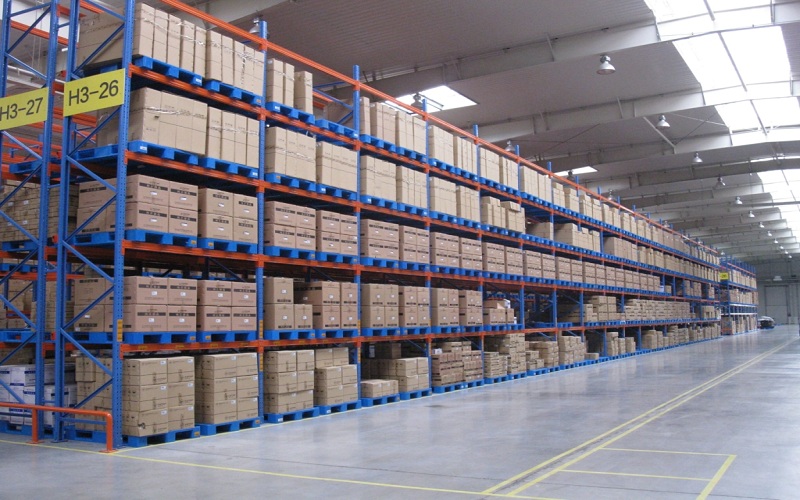1,249 Views
Handling and storing plastic pallets safely is crucial to ensure workplace efficiency and prevent accidents. Plastic pallets are widely used in industries for their durability, cleanliness, and ease of handling. Proper handling and storage practices not only extend the lifespan of these pallets but also contribute to a safer work environment. Here’s a guide on how to safely handle and store plastic pallets:
- Inspect Pallets Regularly: Before use, inspect plastic pallets for any signs of damage such as cracks, chips, or broken parts. Damaged pallets should be removed from service immediately to prevent accidents.
- Follow Load Capacity Guidelines: Every plastic pallet is designed to carry a specific weight capacity. Ensure that loads placed on pallets do not exceed their weight limit to prevent structural failure.
- Use Appropriate Handling Equipment: When moving plastic pallets, use suitable handling equipment such as forklifts or pallet jacks designed for pallet handling. Avoid dragging or dropping pallets, as this can cause damage.
- Stack Pallets Properly: When stacking plastic pallets, ensure they are stacked evenly and securely to prevent collapse. Use pallet stacking frames or racks if available to maintain stability.
- Keep Pallets Clean: Regularly clean plastic pallets to remove dirt, debris, and spilled materials. Use mild detergents and water for cleaning, and avoid harsh chemicals that may degrade the pallet material.
- Store Pallets in a Dry Area: Plastic pallets should be stored in a dry, well-ventilated area to prevent moisture buildup. Moisture can lead to mold growth and weaken the pallets over time.
- Avoid Sun Exposure: Prolonged exposure to direct sunlight can degrade the plastic material of pallets, leading to brittleness and reduced lifespan. Store pallets indoors or in shaded areas whenever possible.
- Implement FIFO (First In, First Out) System: If using plastic pallets for storage of goods, implement a FIFO system to ensure older pallets are used first. This practice helps prevent pallets from sitting idle for extended periods, reducing the risk of damage.
- Train Employees: Provide training to employees on proper handling and storage procedures for plastic pallets. Emphasize the importance of safety measures and encourage reporting of any damaged or malfunctioning pallets.
- Repair or Replace Damaged Pallets: If a plastic pallet is damaged, assess whether it can be repaired or needs replacement. Minor repairs can often be done using specialized plastic welding techniques, but severe damage may require replacing the pallet.
- Dispose of Unusable Pallets Properly: When plastic pallets reach the end of their lifespan, dispose of them according to local regulations. Some pallet manufacturers offer recycling programs for old pallets, contributing to environmental sustainability.




